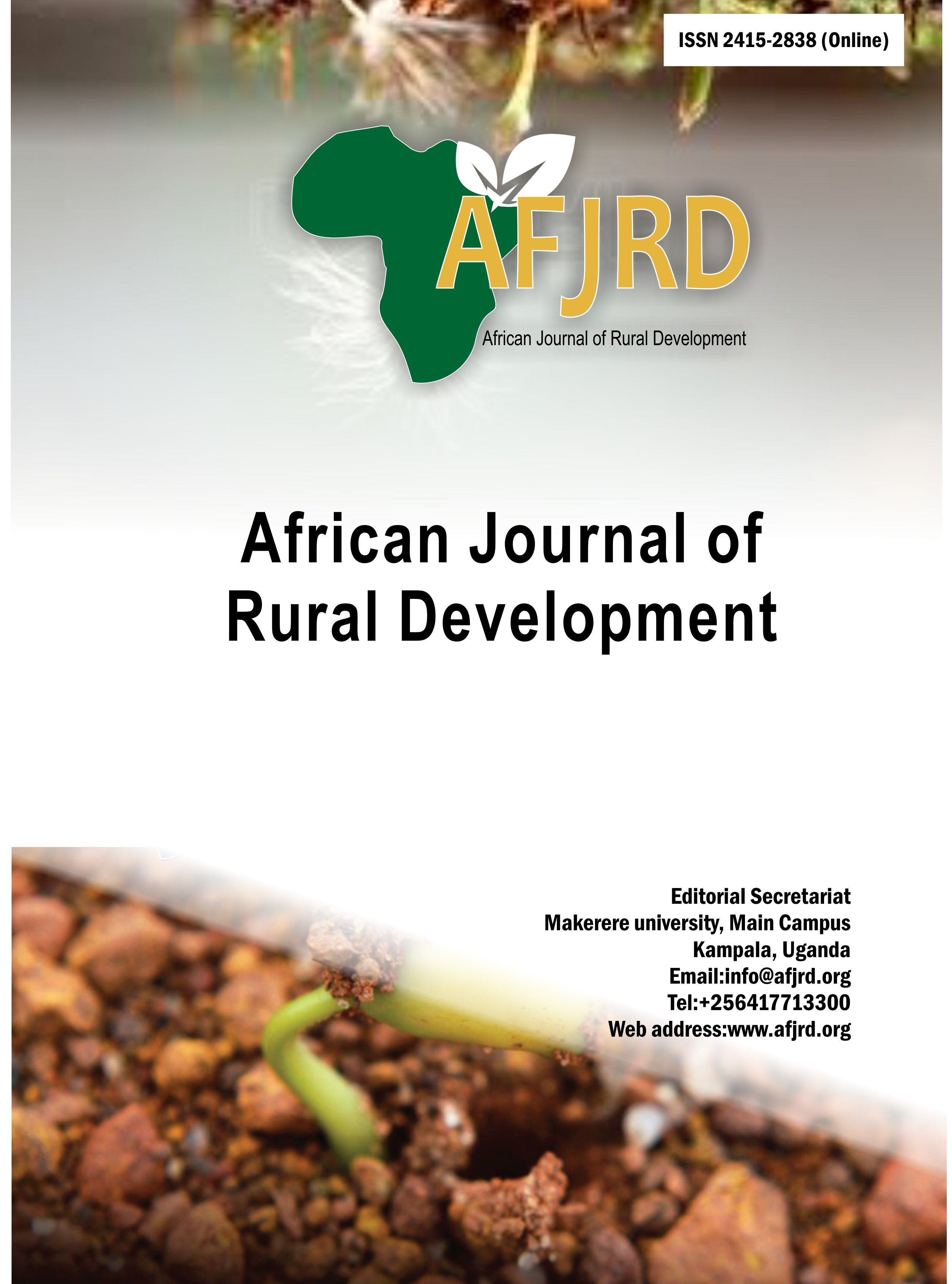Exploring Livelihood Opportunities in the Kali Kumaon Region of Uttarakhand Himalaya
Main Article Content
Abstract
Sustainable livelihood is a fundamental concept for living a comfortable life. Creating livelihood opportunities through the proper use of natural resources and engaging in both farm and non-farm activities are essential strategies. This paper examines livelihood opportunities in the Kali Kumaon region of the Uttarakhand Himalaya. The study is empirically tested and is based on a case study of five villages located in different river basins of the Kali Kumaon region. These villages are situated at varying altitudes, ranging from 1,100 meters to 3,200 meters. A household-level survey was conducted, and a total of 79 household heads were surveyed during the last two weeks of December 2024. Livelihood opportunities in these villages range from integrated agriculture and livestock farming to tourism, services, and business sectors. The findings of the research reveal that although this region possesses abundant natural resources, a diverse climate, spectacular landscapes, and a rich culture, many people remain economically poor, living below the poverty line, and struggling to meet even their daily food requirements. It is suggested that, in addition to practicing biomass-based agriculture, activities such as the cultivation of cash crops, dairy farming with value addition to food, fruits, and dairy products, as well as tourism development, can enhance livelihood opportunities and sustain livelihoods.
Article Details

This work is licensed under a Creative Commons Attribution 4.0 International License.
